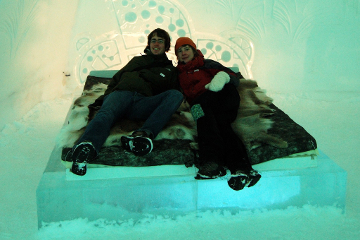1. Fewer tourists
When my family took a vacation to Europe, it was in summer. It was summer again three years later when I returned for a Eurail-powered backpacking trip.
I know I’m not alone in equating European travel with the June-August high season. Guaranteed a good chunk of the 460 million international visitors in 2009 landed in summer.
This, to me, is the best reason to break out and choose winter.
